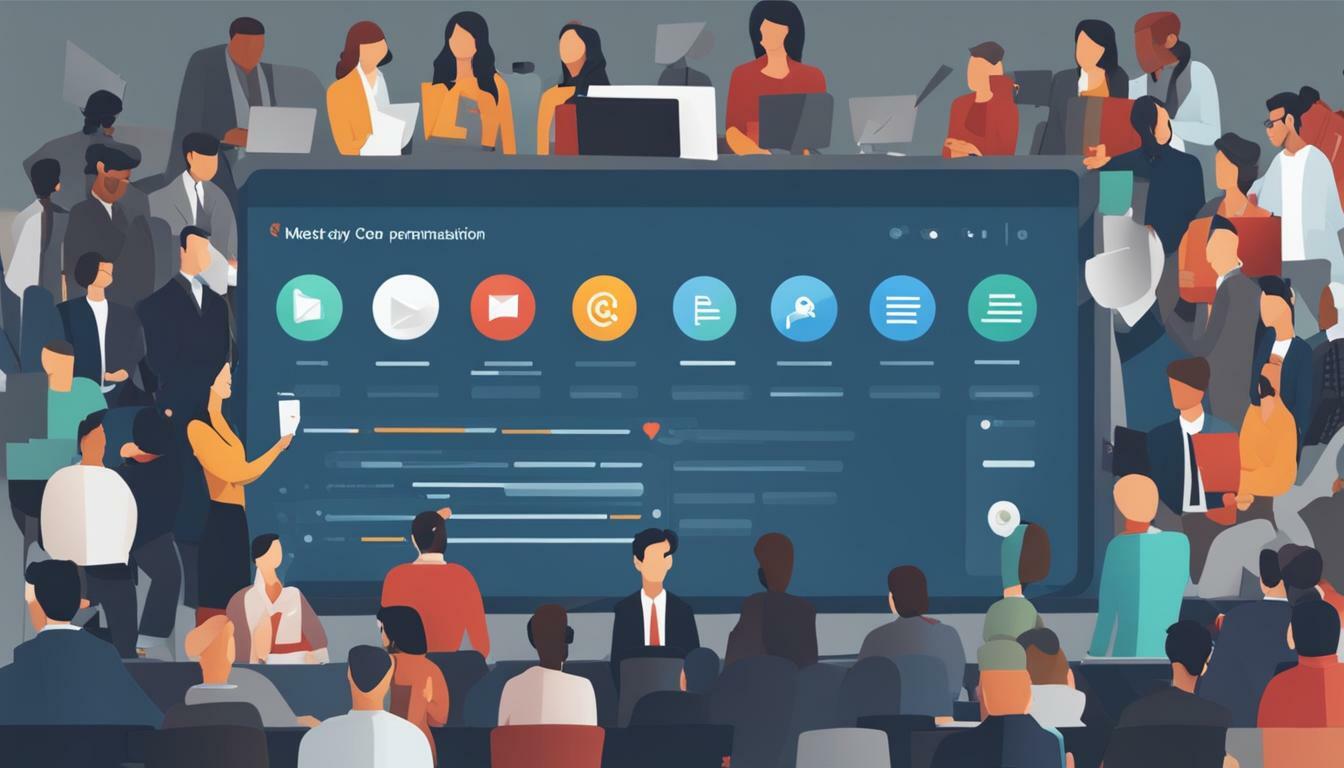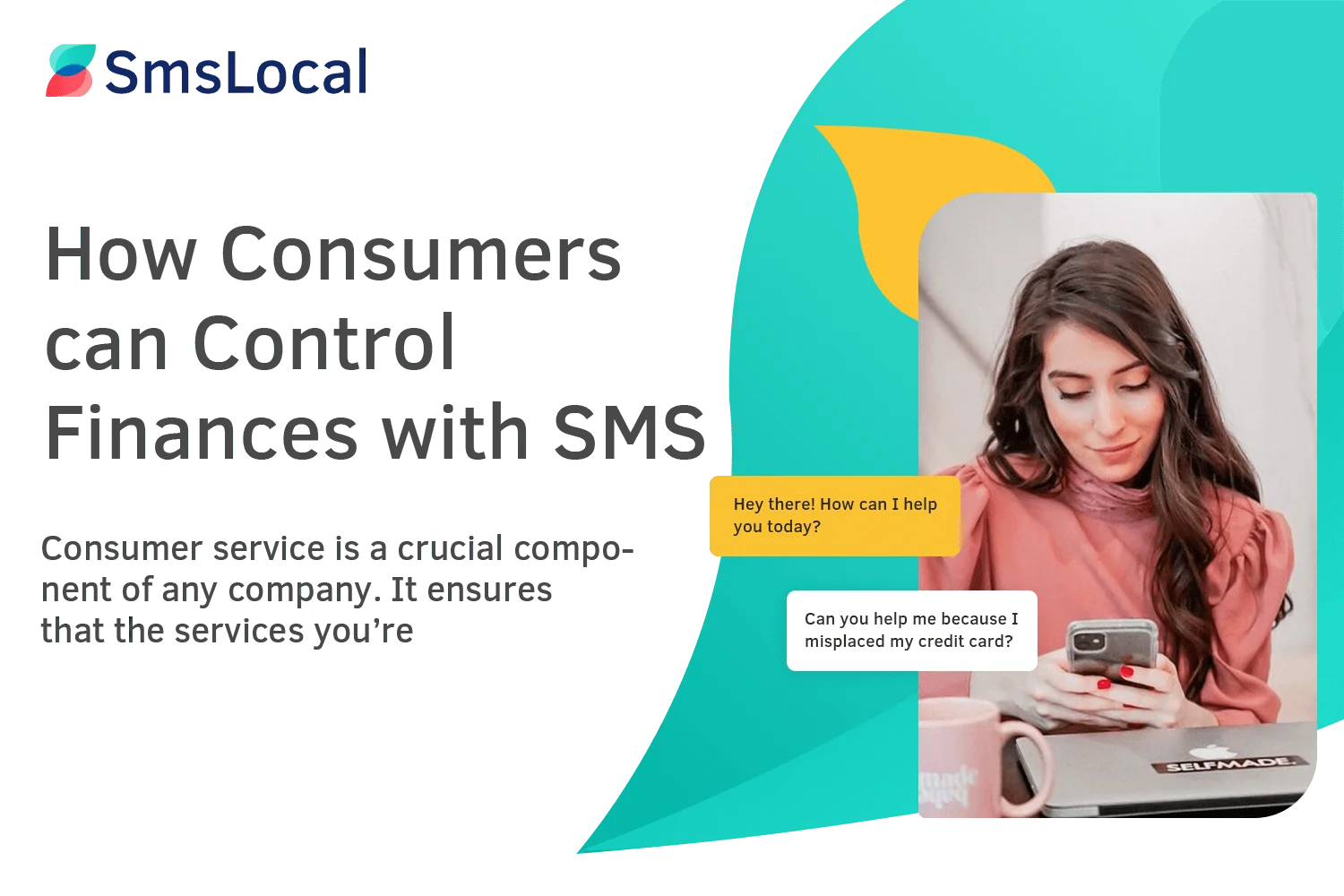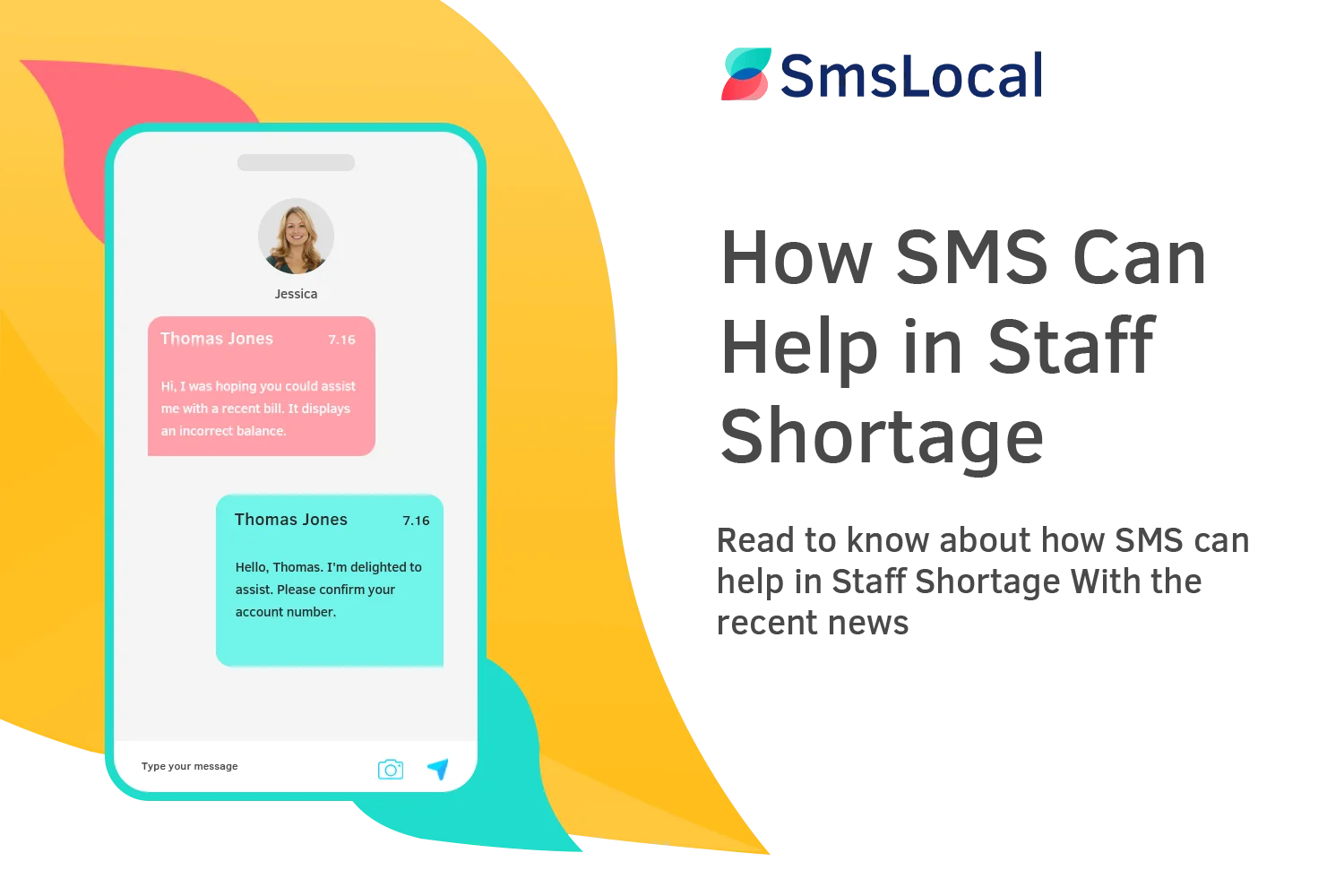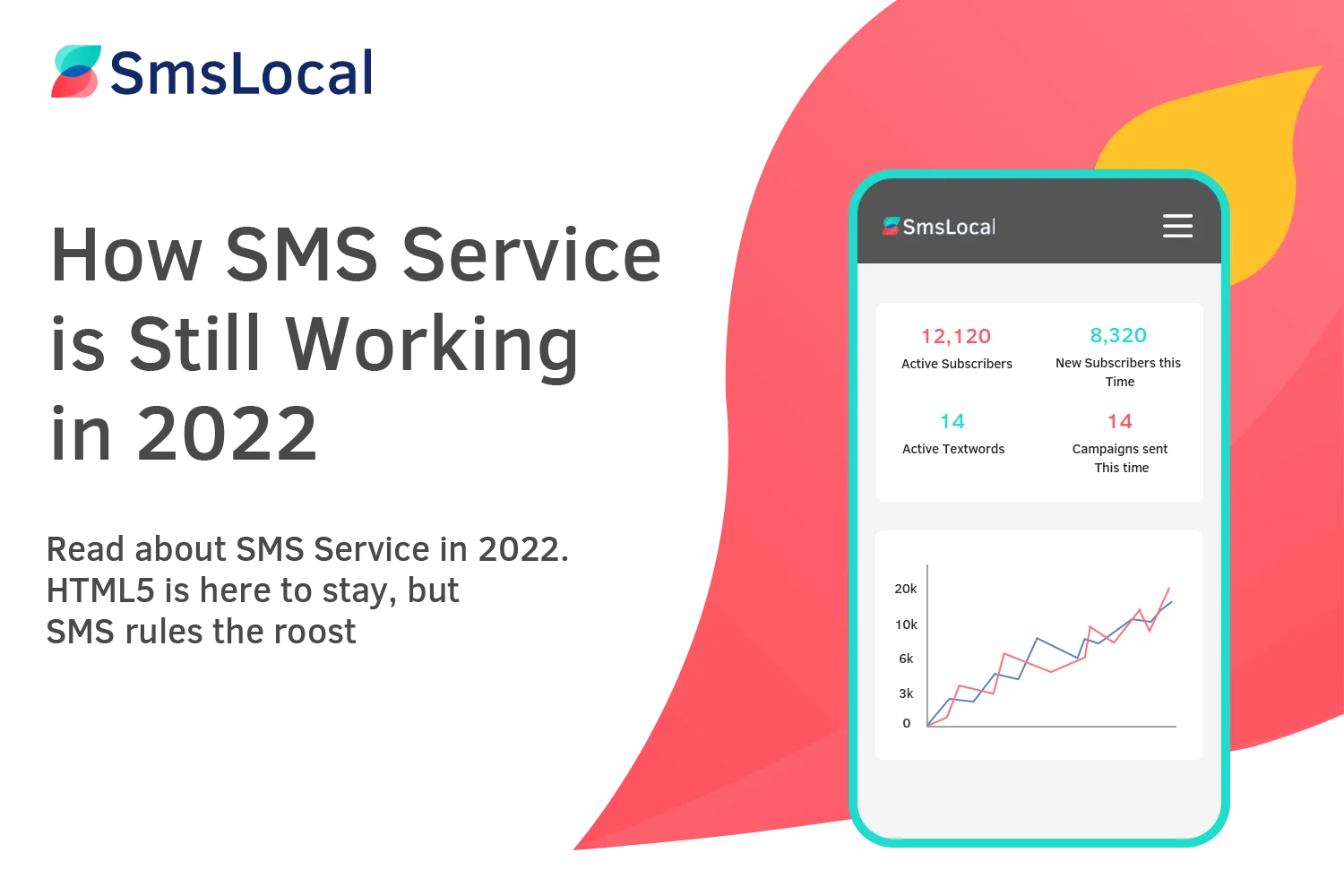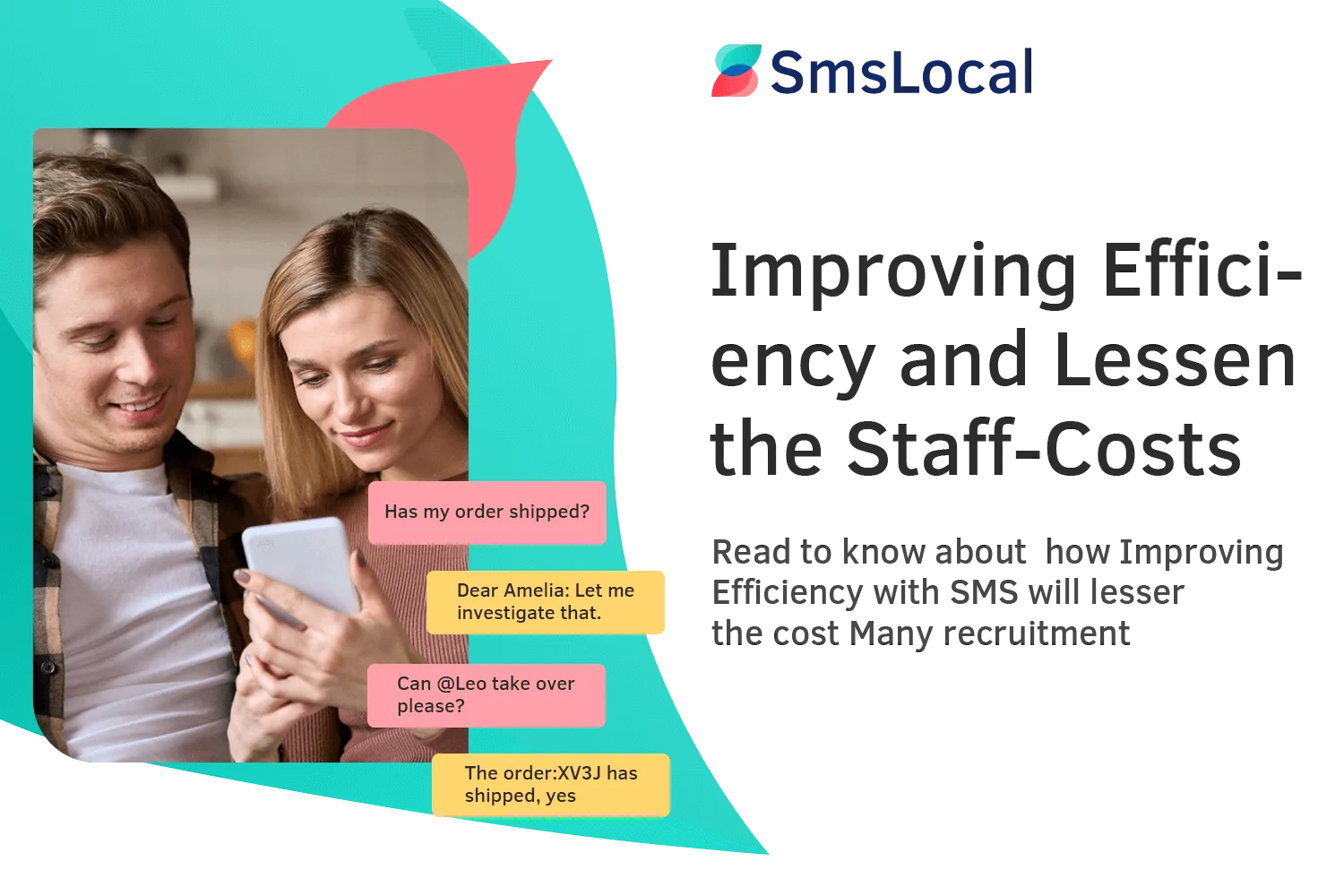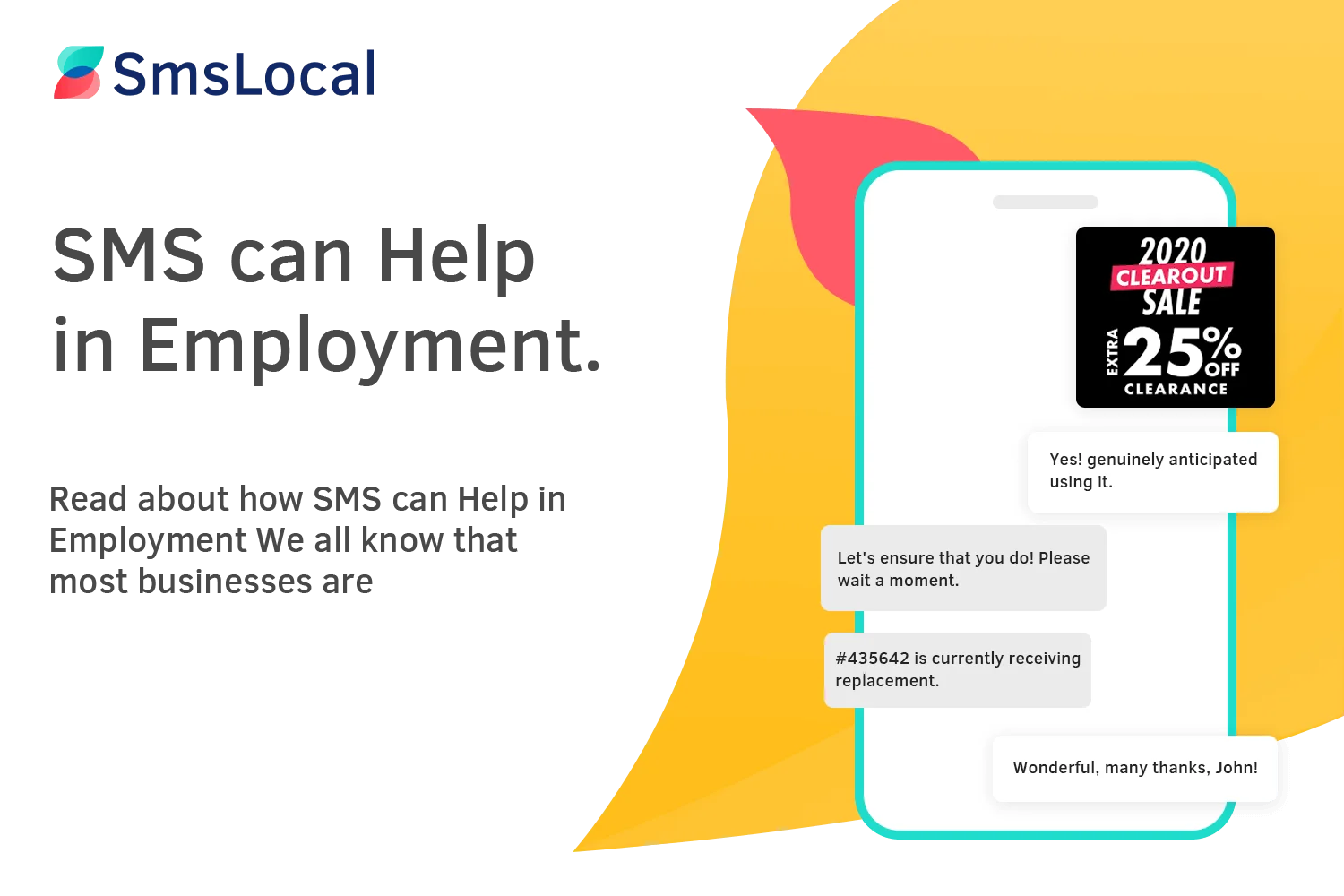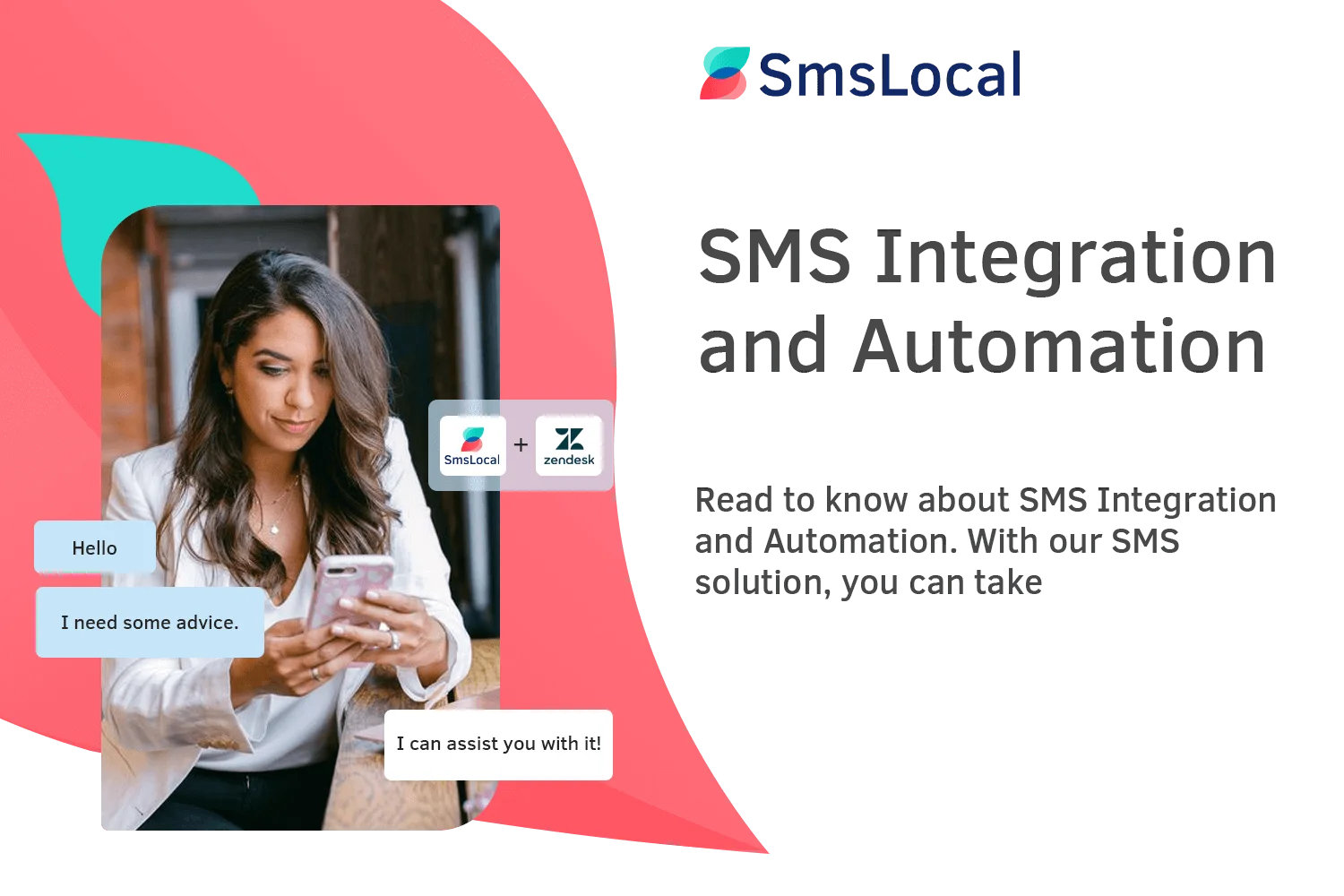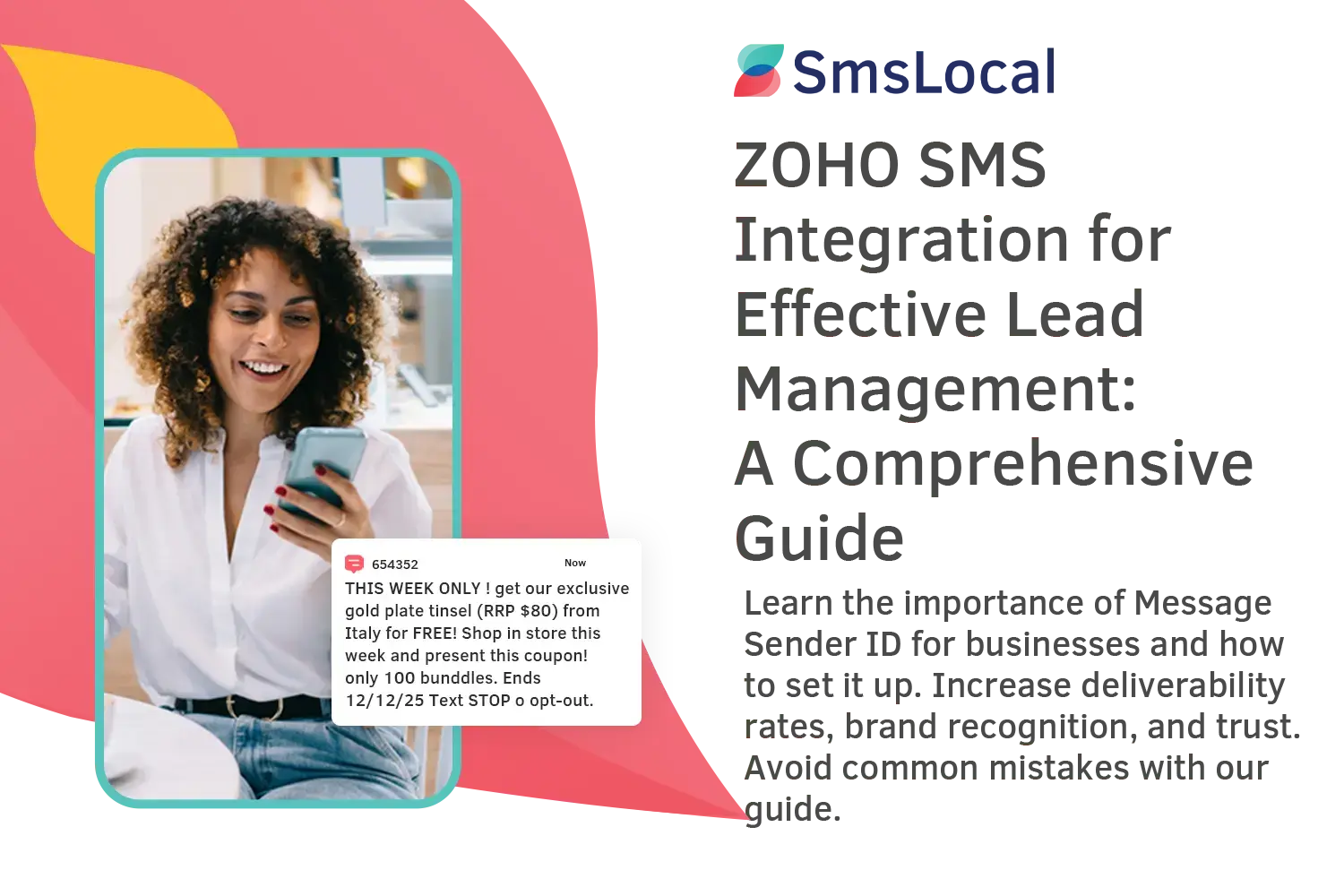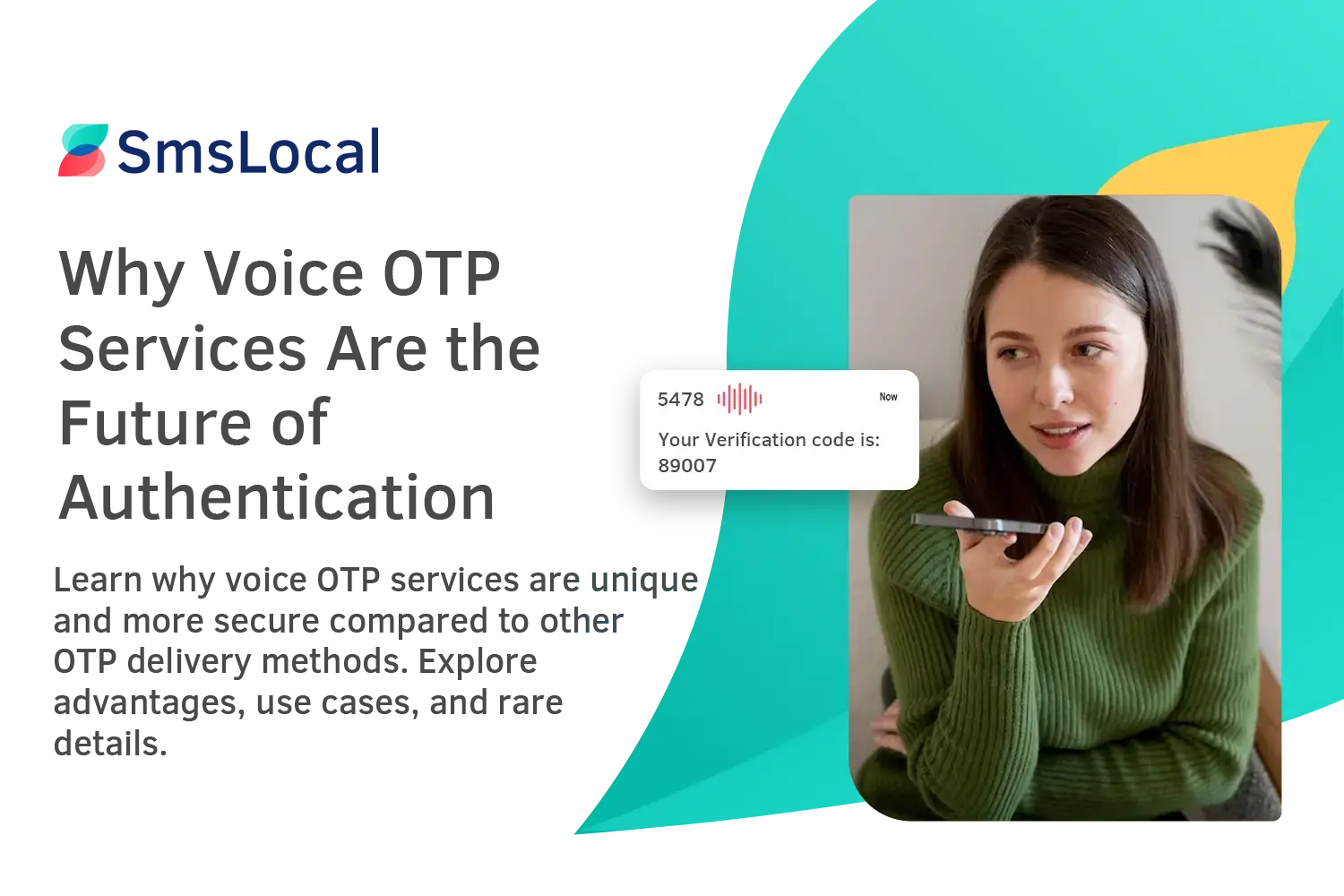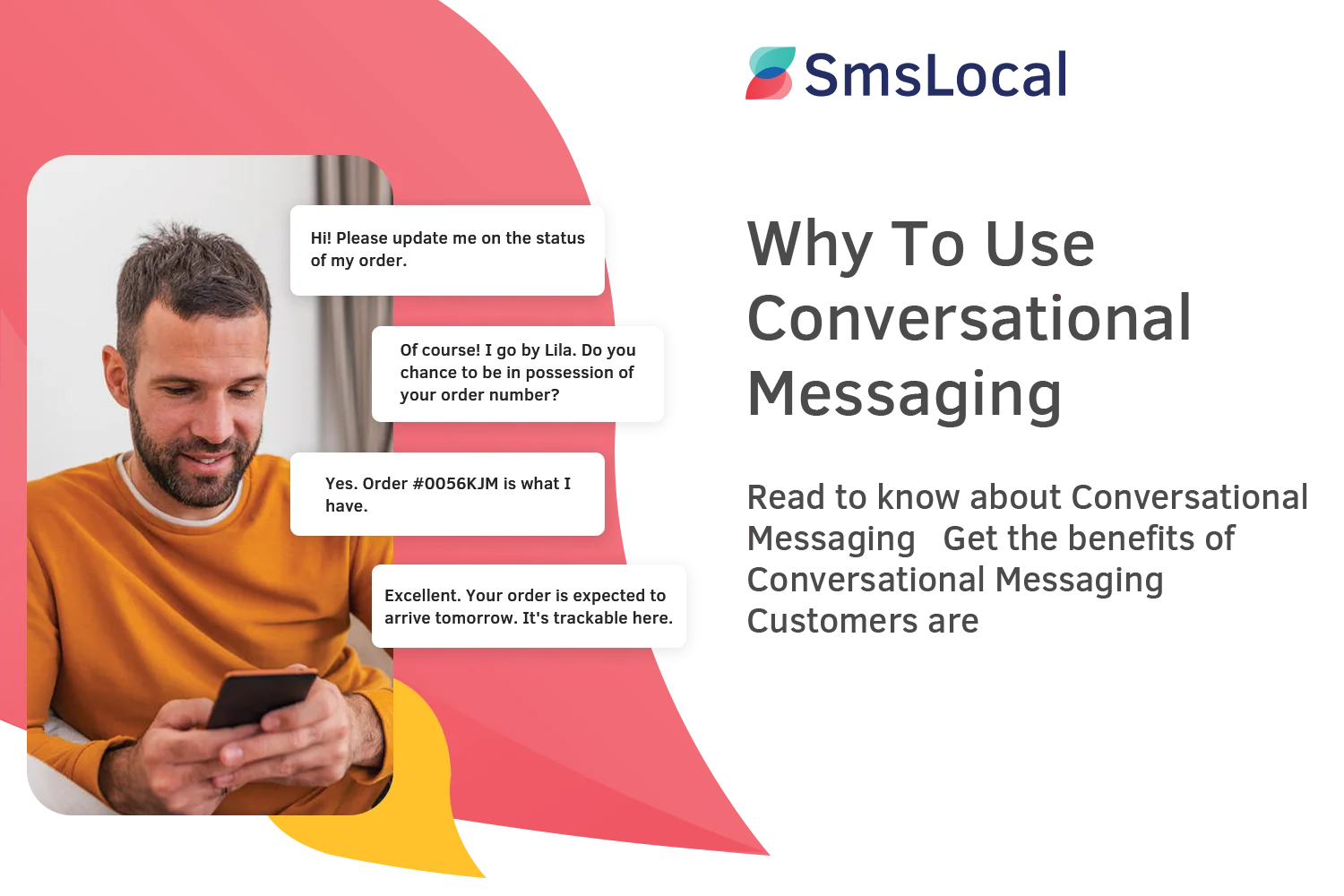Introduction
Are you tired of manually sending messages to your audience? Do you want to streamline your communication strategy and improve efficiency? Look no further than an efficient bulk message sender.
With features like SMS blast sending and bulk SMS capabilities, this tool is designed to simplify your outreach and enhance your marketing campaigns. Say goodbye to manual message sending and save time with an automated mass message sender.
- An efficient bulk message sender can simplify your communication processes.
- Features like SMS blast sending and bulk SMS capabilities can enhance your marketing campaigns.
- With an automated mass message sender, you can say goodbye to manual message sending and save time.
- Streamline your communication strategy and improve efficiency with a bulk message sender.
- Upgrade your outreach efforts with the power of automation.
Streamline Your Outreach with Bulk Message Sender
If you’re looking for a way to streamline your outreach efforts, a bulk messaging platform may be just what you need. With a mass message sender, you can easily send out messages to your entire audience or specific groups of people. This allows you to save time and get your message across to the right people.
A group message sender can be especially helpful if you have multiple audiences that you need to communicate with. With a bulk messaging platform, you can easily create different groups and send targeted messages to each group. This ensures that your message is being received by the right people, without having to manually send out each message individually.
Mass message senders are also great for marketing campaigns. With the ability to send out messages to a large audience, you can reach potential customers quickly and efficiently. This can help you increase your conversion rates and grow your business.
| Bulk Messaging Platform | Mass Message Sender | Group Message Sender |
|---|---|---|
| A platform designed to send out bulk messages to a large audience or targeted groups. | A tool that simplifies the process of sending out mass messages to an entire audience. | A feature that allows for targeted messages to specific groups of people. |
With a mass message sender and group message sender, you can optimize your communication strategy and connect with your audiences easier. Save time and resources by utilizing a bulk messaging platform and increase efficiency with a mass message sender. When it comes to outreach, bulk message sending is the way to go.
Are you tired of low engagement rates with your marketing campaigns? It’s time to explore the benefits of SMS blast sending. With an automated message sender, you can reach a wide audience simultaneously, increasing the effectiveness of your campaigns. Say goodbye to manual message sending and elevate your marketing strategy to the next level.
Using an SMS blast sender allows you to send personalized messages to your audience effortlessly. With customizable templates, you can tailor your messages to each recipient, increasing engagement rates and driving conversions. And with the automation capabilities of an automated message sender, you can save time and resources.
In addition to enhanced efficiency, utilizing a bulk texting service can also optimize your budget. With affordable bulk SMS rates, you can send targeted messages to a large audience without breaking the bank. And with the ability to track and analyze campaign performance, you can easily adjust your strategy for maximum impact.
Upgrade your marketing campaigns today with SMS blast sending, an automated message sender, and a reliable bulk texting service. Experience improved engagement rates and drive conversions effortlessly.
Connect with Audiences Easier with Bulk SMS Sending
Connect with your audiences easier than ever before by utilizing a bulk SMS sender. An SMS marketing tool can help you send personalized messages to engage with your target audience. With the help of a powerful mass messaging software, you can optimize your communication efforts and enhance your overall outreach strategy.
| Benefits of a Bulk SMS Sender: |
|---|
| 1. Personalization: A bulk SMS sender allows you to personalize your messages, increasing the likelihood of engagement and response. |
| 2. Efficiency: Mass messaging software enables you to send messages to a large audience effortlessly, saving time and resources. |
| 3. Targeting: An SMS marketing tool can help you target specific groups of people, ensuring effective communication. |
By utilizing these powerful features, you can enhance your communication efforts and improve your marketing strategy. Connect with your audiences easier than ever before with the help of a bulk SMS sender.
Are you tired of manually sending messages to a large audience? Streamline your communication with an optimized bulk messaging platform. With features like automated message sending and bulk message sending, you can save time and improve efficiency.
An automated message sender eliminates the need for manual message sending, allowing you to focus on other important tasks. With bulk message sending capabilities, you can send personalized messages to a large audience simultaneously. Say goodbye to the tedious process of manual message sending and experience the benefits of an optimized platform.
Utilizing a bulk message sender and messaging platform can significantly improve your communication strategy. With automation and bulk messaging capabilities, you can reach a larger audience with personalized messages, improving engagement and response rates. Upgrade your communication strategy with an efficient bulk messaging tool and see the difference it makes.
Increase Efficiency with Bulk Texting Services
One of the main benefits of utilizing a bulk message sender is the increased efficiency it provides. With the help of mass messaging software and an SMS marketing tool, you can easily send targeted messages to a large audience. This can save you time and resources while ensuring effective communication with your customers.
Bulk texting services can help you stay connected with your audience effortlessly. By leveraging the features of a bulk messaging platform, you can send personalized group messages and streamline your communication efforts. Whether you’re looking to send promotional messages or important updates, a bulk SMS sender can help you achieve your outreach goals.
| Benefits of Bulk Texting Services | |
|---|---|
| Efficient communication with large audiences | bulk texting service |
| Streamlined outreach with mass messaging software | mass messaging software |
| Improved engagement with targeted messages | sms marketing tool |
With a bulk message sender, you can optimize your communication strategy and improve your marketing campaigns. Say goodbye to manual message sending and leverage the power of automation with a bulk SMS sender today.
When it comes to optimizing your marketing campaigns, SMS blast sending can be a game-changer. By utilizing a bulk SMS sender equipped with an SMS marketing tool, you can quickly and easily reach a wide audience with personalized messages.
With SMS blast sending, you can ensure that your messages are delivered to your target audience in a timely and efficient manner. This is especially important in today’s fast-paced world, where consumers are bombarded with information from a variety of sources.
By using a bulk SMS sender, you can also save time and resources, allowing you to focus on other important aspects of your marketing strategy. Whether you’re looking to promote a new product or service, or simply keep your customers engaged, SMS blast sending can help you achieve your goals.
| Bulk SMS Sender | SMS Marketing Tool |
|---|---|
| An efficient bulk SMS sender is essential for sending messages to a large audience. | An SMS marketing tool allows you to create personalized messages that resonate with your target audience. |
| With features like SMS blast sending and automation, a bulk SMS sender can help you streamline your communication processes and improve efficiency. | An SMS marketing tool can help you track the effectiveness of your messages and optimize your campaigns for better results. |
When it comes to optimizing your marketing campaigns, SMS blast sending is a powerful tool that can help you achieve your goals. By leveraging the benefits of a bulk SMS sender and an SMS marketing tool, you can stay ahead of the competition and connect with your customers on a deeper level.
Stay Connected with Group Message Sending
Staying connected with your audience is crucial to the success of your communication strategy. With a group message sender, you can easily send targeted messages to specific groups of individuals, ensuring effective communication. A bulk messaging platform offers a user-friendly interface that simplifies the process of creating and sending group messages.
With a mass message sender, you can streamline your communication efforts and save time. Instead of manually sending messages to each individual recipient, you can send one message to an entire group, reaching all members in one fell swoop. This keeps your communication concise and consistent, ensuring that your message is received and understood by everyone in the group.
Utilizing a group message sender is especially useful for businesses and organizations that need to communicate with multiple departments or teams. By creating targeted groups, you can ensure that each team receives the information that is relevant to their needs. This not only saves time but also ensures that everyone is on the same page and up to date with the latest information.
Mass message sending has never been easier with a bulk messaging platform and mass message sender. Whether you need to send a reminder to your team, update a specific group on a project, or communicate with your customers, a group message sender is a valuable tool that can enhance your communication strategy.
Conclusion
An efficient bulk message sender is an essential tool for simplifying your communication processes and enhancing your outreach efforts. By utilizing features like SMS blast sending, group message sending, and automation, you can streamline your communication and connect with your audiences more effectively. With a user-friendly bulk messaging platform, you can easily send mass messages to your audience or target specific groups, saving time and resources.
An SMS marketing tool, along with mass messaging software, can help you personalize your messages and engage with your target audience more efficiently. The power of automation can further optimize your communication efforts, enabling you to send targeted messages to a large audience with just a few clicks.
Upgrade your communication strategy today and experience the benefits of a bulk message sender. Stay connected with your audience and optimize your marketing campaigns by utilizing a bulk SMS sender. With an automated message sender and optimized platform, you can increase efficiency and save valuable resources.

